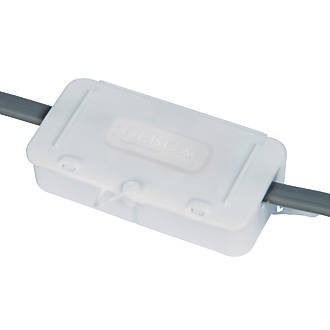> Previous owner put in metal mains Sockets in the kitchen
I probably shouldn't have mentioned this aside. .. I confused everyone. The plastic screws are in the plastic light switches on the unearthed lighting circuit only.
The Kitchen mains sockets is separate and newer.
I only mentioned the screw thing to indicate my electrician was fairly diligent in some areas. (but not in others - but that's another story!)
I probably shouldn't have mentioned this aside. .. I confused everyone. The plastic screws are in the plastic light switches on the unearthed lighting circuit only.
The Kitchen mains sockets is separate and newer.
I only mentioned the screw thing to indicate my electrician was fairly diligent in some areas. (but not in others - but that's another story!)




